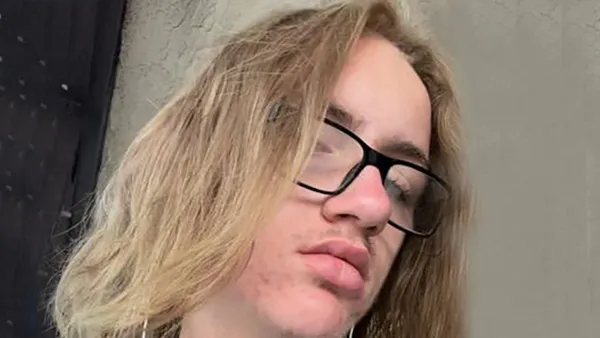Table of Contents
The Incident: A Detailed Account of a Senseless Tragedy of the Murder of Jonathan Lewis
On the afternoon of November 1, a seemingly mundane dispute tragically escalated in an alley near Rancho High School in Las Vegas. Jonathan Lewis, a 17-year-old student, was violently assaulted by a group of his peers, leading to a heartbreaking outcome.
The Spark of the Conflict
The confrontation began over a pair of stolen wireless headphones and possibly a stolen marijuana vape pen. Jonathan, according to reports, was trying to help a friend who had been bullied and robbed. As a protective and caring individual, Jonathan felt compelled to intervene, an action that would tragically cost him his life.
The Brutal Attack
As the school day ended, the tension culminated in the alley close to the school campus. Jonathan, alongside his friends, met with the group involved in the theft. In preparation for a fight, Jonathan removed his shirt, but what followed was not a fair fight but a merciless attack.
A group of approximately ten students, predominantly black and ranging in age from 13 to 17, swarmed Jonathan. The assault was brutal and one-sided: they pulled him to the ground and began a relentless barrage of kicks, punches, and stomps. Jonathan, overwhelmed and outnumbered, was unable to defend himself. The savagery of the beating left him unconscious.
The Shocking Video
This horrifying event was captured in a graphic video, widely shared on social media. The footage starkly depicted the inhumanity of the assault. Jonathan was shown being beaten to the point of unconsciousness, a sight that Las Vegas police Lt. Jason Johansson described as “very void of humanity.”
The Aftermath
Jonathan was found “unconscious and unresponsive” and rushed to the hospital. Despite medical efforts, he succumbed to his injuries six days later. The cause of death was determined to be blunt force trauma. In response, eight juveniles were taken into custody on suspicion of murder, with the possibility of being tried as adults due to the severity of the crime.
This detailed account of Jonathan Lewis’s tragic death lays bare the brutal reality of the incident, setting the stage for a deeper examination of the media’s reporting and the broader societal implications.
The Media’s Silence: A Pattern of Inequality
The coverage of Jonathan’s death reveals a disturbing pattern in media reporting. Instances of black-on-white violence, like this one, often receive minimal attention, with the race of the attackers frequently omitted. This stark contrast to the extensive coverage and outcry that typically follows white-on-black violence raises serious questions about media bias and the narrative it perpetuates.
An Ongoing Issue
This incident is not isolated. Time and again, we’ve seen similar stories where the race of the perpetrator is downplayed or ignored, especially in cases involving black-on-white crime. This selective reporting fosters a one-sided view of racial violence, inadvertently suggesting that some lives are given more value than others in public discourse and media narratives.
The Anguish and Frustration
Unheard and Unseen
For those closely following such incidents, the frustration is palpable. The pain of families like Jonathan’s is compounded by the seeming indifference of mainstream media. This silence is not just a matter of lack of coverage; it’s a statement on whose stories are deemed worthy of national outrage and whose are not.
A Call for Fairness
The media’s role in shaping societal attitudes towards race and violence cannot be understated. When the narrative is skewed, it does a disservice not only to the victims and their families but also to the broader conversation about race and violence in America. The call for fairness is not a call for more coverage of one type of crime over another, but for equal treatment and visibility of all victims of racial violence.
The Way Forward: Demanding Balance
Challenging the Narrative
It’s time for a more balanced approach in reporting. This means acknowledging all forms of hate crime and racial violence, irrespective of the race of the victim or the perpetrator. The media has a responsibility to report facts without bias, offering a platform for all voices, especially those that are often unheard.
A Unified Stand Against All Forms of Hate
The fight against racial violence requires recognizing and confronting all its forms. Whether it’s white-on-black, black-on-white, or any other racial dynamic, each incident demands equal attention and action. Only then can we hope to address the root causes of such violence and work towards a more equitable and just society.

